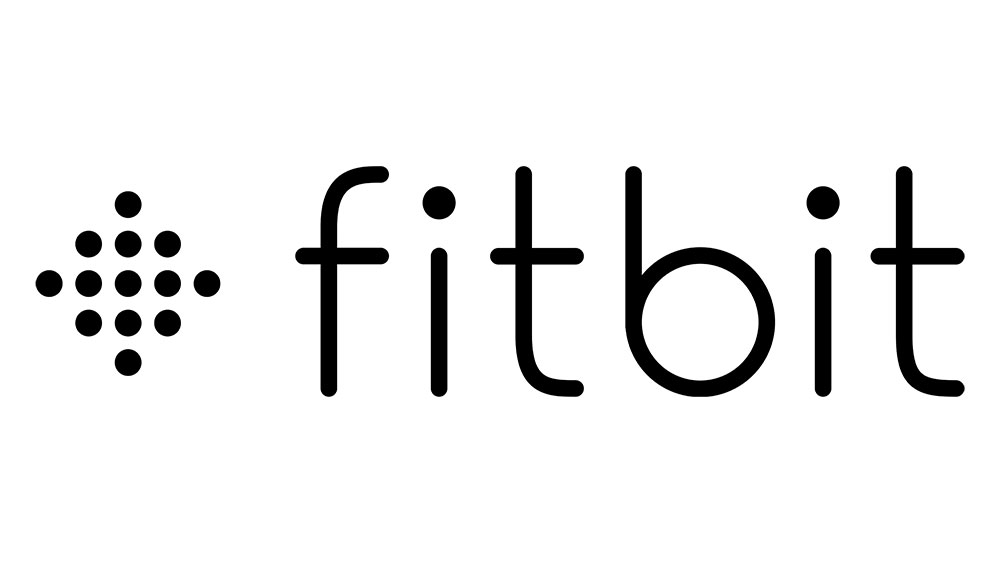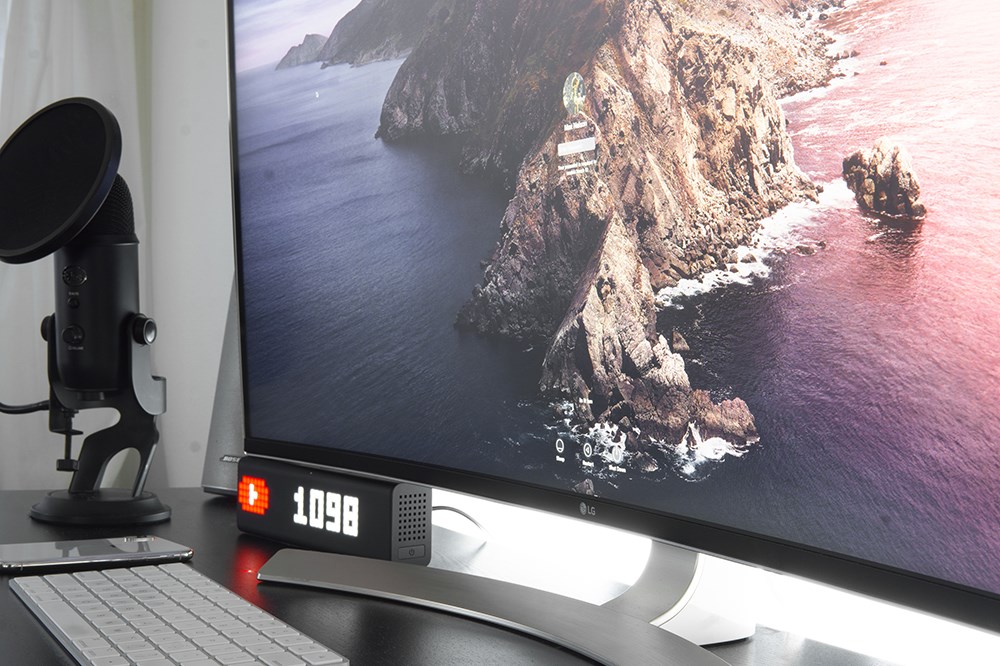Snapdragon 855 vs. A12 – Which is Better?

As 5G technology draws nearer, chipset manufacturers are doing all they can to keep up. The Snapdragon 855 is the 5G chipset by Qualcomm. It’s fitted with the latest Kryo CPU cores, 7nm nodes, and an improved version of the X24 LTE modem. It offers similar features as Apple’s A12 Bionic chipset, which is being used for the latest iPhone smartphones. It’s leading 7nm chipsets that deliver impressive graphics performances and an improved Neural Engine. Let’s see how the two compare.
Performance
Both processors have a 64-bit microarchitecture and they are both made using the latest 7nm nodes. These are the smallest process nodes so far and they provide improved performances and better power efficiency, but that’s all they have in common.
The A12 Bionic has six cores divided into four efficiency and two performance processors. That results in faster app launches, better efficiency, and a quicker overall response time than the predecessor. Admittedly, the difference in response times is not that big.
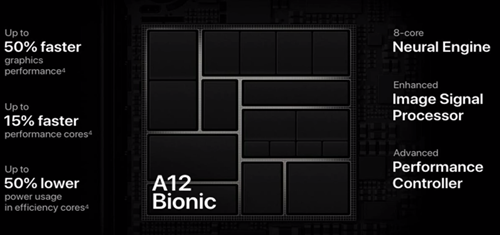
On the other hand, the 855 has 8 cores arranged in three clusters. The 8 Kryo 845 cores are divided into one “Prime” Cortex A76 core with a working speed of 2.84GHz. Then, we have three “Performance” Cortex-A76 cores that are working at 2.42GHz and four “Efficiency” Cortex-A55 cores that can provide up to 1.80GHz. The arrangement provides high performance, efficiency, and better task-sharing capabilities, as well as lower latency rates.
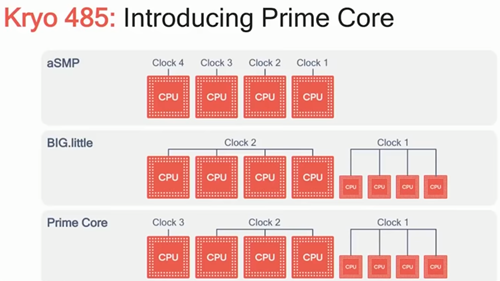
The 855’s “Prime” core is fitted with a 512KB L2 cache, while the three “Performance” cores have the 256KB L2 caches, and the four “Efficiency” cores have 128KB L2 caches. They all work together by bridging the gap between the CPU and the RAM, which means they can handle all the information without interruptions.
When talking about GPUs, the Snapdragon 855 packs the Adreno 640 Graphic Processing Unit that offers a significant boost and supports 4k HDR10+ playback. The A12 Bionic uses the Apple-designed 4-core GPU that can cope with all games and high-resolution videos and photos.
The Camera
The Snapdragon 855 has a Spectra 380 ISP onboard. It’s the first chip of its kind that incorporates a Computer Vision Engine that allows depth calculations and 60FPS videos. It can deliver real-time portrait modes and detect objects that are far away without using too much power. Those benefits are only possible because the AI is infused with the camera.
Apple’s A12 uses the Apple ISP camera feature, which offers enhanced ISP, advanced algorithms, and faster sensors. The Smart HDR feature provides high-resolution photos with more highlights and shadow details.
AI
Artificial Intelligence has changed the game since it became a standard feature for most mid-range and high-end smartphones. The 855 uses the 4th Gen multiple core Artificial Intelligence Engine for all AI tasks (the engine combines the Kryo CPU with the Hexagon 690 CPU and the Adreno GPU). The feature can handle up to 7 trillion artificial intelligence operations per second. It works together with a dedicated tensor accelerator to improve AI learning for about 3 times.
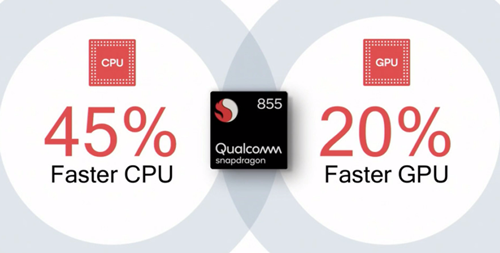
There are many advantages to the new AI engine, including super-resolution snapshots, scene detection, face authentication, text recognition, and dual camera bokeh. The AI also supports Google TensorFlow, Open Neural Network Exchange (ONNX), and Facebook Caffe 2.
Apple took a completely different approach with its 8-core Neural Engine. The AI can perform 5 trillion operations every second, which is impressive, but it’s far behind the Snapdragon 855’s performance.
It performs well when it comes to face recognition and predicting your moves based on what you do, and it is also responsible for resource allocation. The AI knows how to use the resources to run algorithms on the processor, the neural engine, and the GPU, and still has some processing power to spare for other processes. Other improvements include quicker app launching, improved machine learning, and learning user habits.
The Final Result
The Snapdragon 855 and Apple A12 chipsets are quite similar. However, the Snapdragon 855 wins because it’s the first 5G-ready chipset on the market. The new technology provides a significant speed improvement, and the 855’sX24 LTE provides download speeds up to 2Gbps and uploads of 316Mbps. It also comes with the Elite gaming mode for the best gaming experience possible.
The A12 Bionic is a little better at single core performance. However, it’s not 5G-ready, which will be a problem soon. We are yet to see the new generation of 5G-ready Apple chipsets.
Do you prefer the A12 Bionic or the 855? What do you think about the 5G network that will soon be available all over the world? Share your thoughts in the comment section below.




